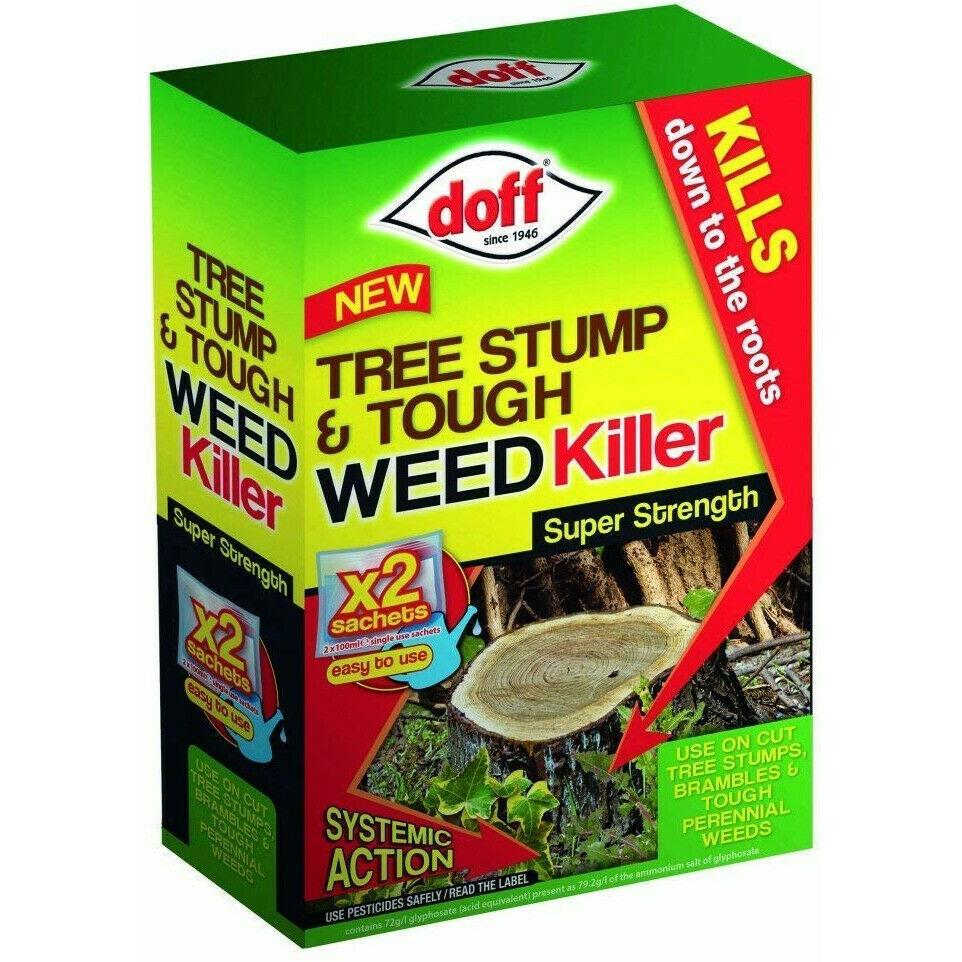

Compost, made from herbicide-treated lawngrass, may injure plants when added to the soil. There’s another less visible, but very serious way that herbicide injury is occurring in flower and vegetable gardens. Much damage is caused by non-label use of farm herbicides on rural lawns. Farm-type chemicals might not be registered or safe for use on turfgrass.Use protective cardboard spray shields if spraying close to tree trunks or other desirable plants.Consider alternatives such as digging and smothering.Spot-spray weeds when possible, instead of blanket-spraying the entire lawn.Don’t apply these products over the rootzone of trees, which can extend outward from the trunk a distance equal to twice the tree’s height or more. Lawn herbicides containing dicamba and triclopyr are well-known to travel downward into the soil, causing damage to trees as the roots absorb the chemical.Spray nozzles might apply product in a wider band than is visible, causing over-spray on adjoining desirable plants.during or immediately after application may cause some herbicides to vaporize and move to other areas. High temperatures above 80 to 85 degrees F.Use a coarse spray with low pressure, instead of a fine, high-pressured mist. Fine spray droplets drift more readily than large droplets.Read the label directions completely to see how, when and where the product should be applied.Symptoms of exposure to glyphosate include yellowing of leaves, general decline or death, and sometimes a twiggy “witches’ broom” growth on branch ends.įollowing are ways to prevent injury to desirable plants when spraying for weeds: Herbicides containing the active ingredient glyphosate (original Roundup) are non-selective, meaning they kill or injure nearly all susceptible plants, weeds and desirables. I’ve received many such samples this season of tomato plants, beans, potatoes, trees, and flowers. Common damage symptoms include twisted leaves, leaves that cup upward or downward, narrow strap-like leaves on the newest growth, and distorted leaves and twigs. These herbicides kill broadleaf weeds like dandelions, and can likewise damage broadleaf yard and garden trees, shrubs, vegetables and flowers if the product comes in contact. Herbicides used on lawns commonly list one or more of the following active ingredients on the label: 2,4-D, dicamba, triclopyr, MCPA or MCPP. If plants in our yard or garden are doing poorly, how can we tell if it’s from herbicide damage or another cause, such as disease? The symptoms vary by the type of product. But if not used wisely, cautiously and judiciously, while carefully following all label instructions, herbicides can cause unintended consequences, damaging the plants we value. Much good can be said about herbicides, whether synthetic or organic, because they can prevent invasive, non-native plant species from overrunning our yards, gardens, prairies and forests. A weed killer is more appropriately called an herbicide, a word that literally means “plant killer,” and an herbicide doesn’t always distinguish between a dandelion plant and a tomato plant. This summer I’ve received an alarming number of photos and samples of ailing vegetables, trees and shrubs whose symptoms, when analyzed, were caused by weed killers applied to nearby lawns.



But I honestly do fear one thing, and that’s collateral damage from weed killers applied to area lawns. I’m not concerned that a giant Venus fly trap is going to swallow my arm, and if I trip over a cucumber vine, I’ve got plenty of padding. There aren’t many things in the world of gardening that cause fear.


 0 kommentar(er)
0 kommentar(er)
